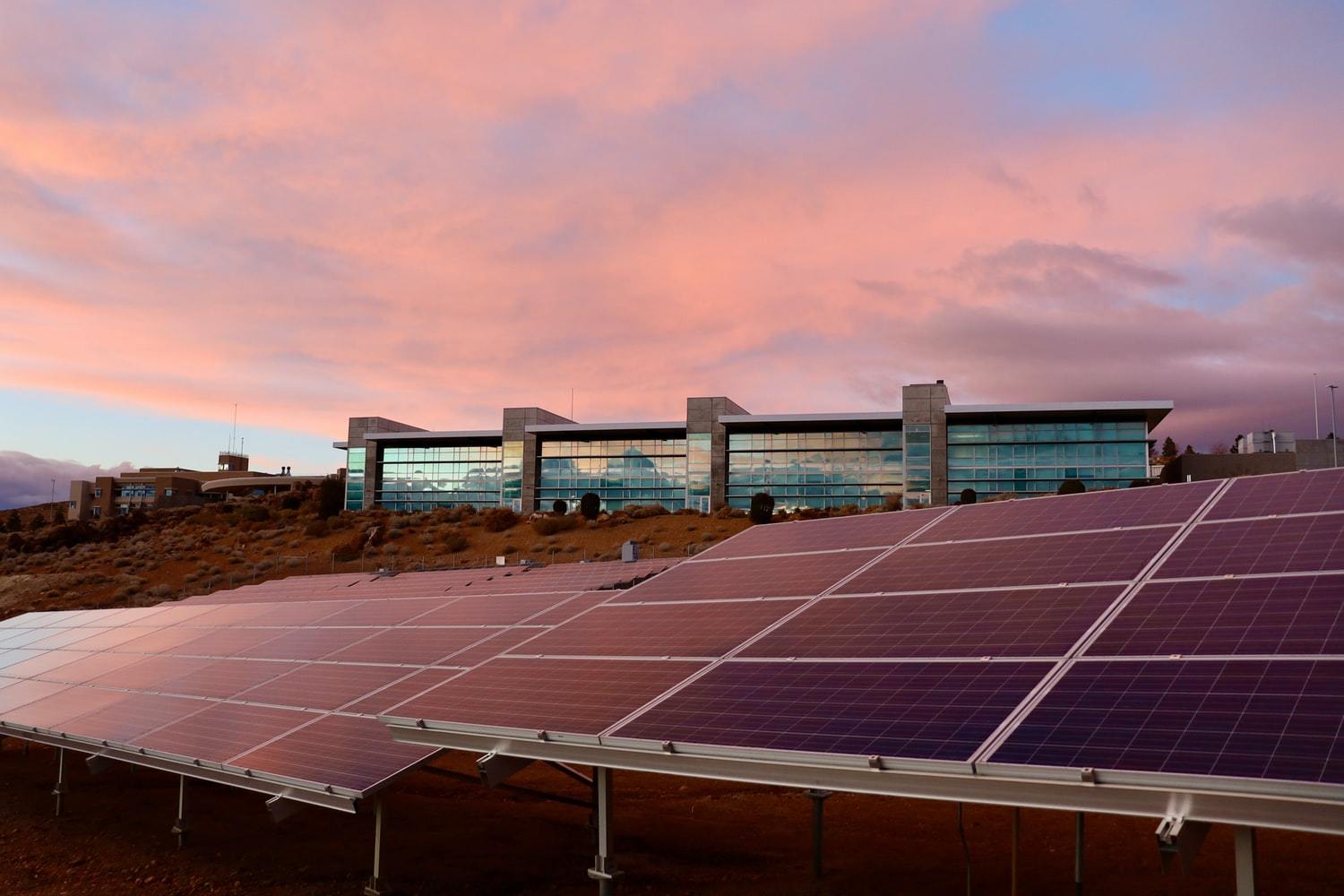
Guide to Solar Panels for Home
Solar panels are an excellent way to reduce your carbon footprint while also cutting down on your electric bill, they can be a pretty expensive investment up front, but in the long run, they will pay off. To make the most of this renewable option, you need to know how it works and where to find the best deals so that you can enjoy the benefits of solar power!
The Awesome Benefits of Solar Panel

Solar panels are an excellent way to reduce your carbon footprint while also cutting down on your electric bill, they can be a pretty expensive investment up front, but in the long run, they will pay off. However, to make the most of this renewable option, you need to know how it works and where to find the best deals so that you can enjoy the benefits of solar power!
Solar panels work by converting photons from sunlight into electrons which creates electricity. This electricity is then stored in batteries or used immediately by connected devices like laptops or cell phones. Solar energy has been around for centuries, but it was too expensive for most people until recently because of its dependence on rare materials.
How to choose a solar panel
The first question you should ask yourself is, what will I be using the solar panel for? Will it be for total electric replacement or as a supplement to your existing power? This will help you decide what type of solar panel to get. If you're looking for part of a solution, you can reduce your electricity usage by investing in discussions compatible with local grids.
If you want to replace your electric bill, you will need more. The price of solar panels is based on each watts capacity and efficiency, so the higher wattage equals a higher price, but these are useful when it's cloudy or at night.
The Different Types of Solar Panels

Photovoltaic cells
These are the most common types of solar panels, and they work by converting sunlight into electricity. When light hits these cells, it creates photons of energy. The electrons in the cell absorb this energy and move to a higher state, making an electric field. This allows for the electrons to flow through any wired connections, providing you with electricity.
Concentrated solar cells
These are a less common form of the panel that requires additional steps to convert the energy they collect into something useful. The boards use lenses or mirrors to focus light onto a small area, like liquid heated up and turned into steam for power generation. These systems are often used in greenhouses for heating and in communities that are off-grid.
Thermal solar cells
These lumens lighting panels work by absorbing the sun's heat rather than converting light to energy. Combining a high surface area material like copper and a low-density material to hold it like glass creates an efficient trap for heat. These thermal panels are often used in greenhouses, commercial buildings and spas. However, they will not generate energy on their own unless they're hooked up to a generator or inverter.
Solar roofing tiles
These are the newest type of solar panels hitting the market, and they're made using glass coated with copper indium gallium diselenide (CIGS). They can easily be installed onto new or existing rooftops, last for 40 years and reduce your energy costs by 50%!
Tracking System
This system works by following the movement of the sun across the sky through a series of motors. It constantly adjusts to face the lightest possible as it tracks, allowing you to generate more power. The tracking system is used with either PV or thermal panels to ensure optimal energy efficiency. It also requires a motor mounting hardware kit and an off-grid inverter.
Grid-Tie System
This type of solar panel allows you to plug into your local electricity grid, essentially offsetting the amount of power you consume. Grid-tie systems are used in conjunction with battery storage to provide power when the grid goes down. They're great for anyone looking to reduce their carbon footprint and energy bills while lowering their insurance premiums!
Battery Storage System
This system allows you to store excess energy that your panels generate during the day so that you can use it later at night. The most common battery used for storage is lithium-ion, which are the same types of batteries that power phones and computers!
Battery Backup System
This system allows you to keep your home's circuit breaker protected even when there isn't solar energy available. This will enable you to maintain your minimum level of power in an emergency or disaster. In addition, you can use it to protect your water heater, furnace, refrigerator and any other appliance that you have hooked up to your circuit breaker.
Micro-inverter system
A micro-inverter works better with a single solar panel rather than multiple panels. This helps to maximize the efficiency and output of each system while minimizing the amount of wiring required to connect them all.
